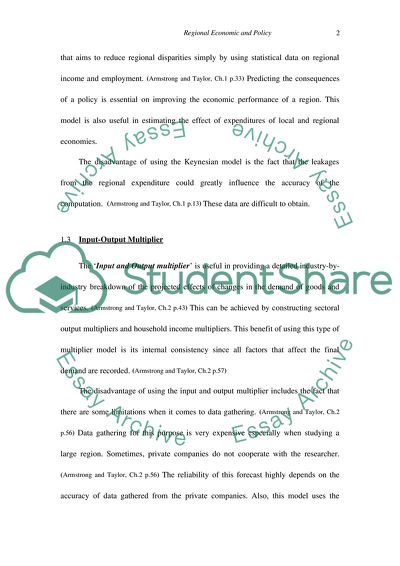Cite this document
(The Three Types of Regional Multiplier Assignment, n.d.)
The Three Types of Regional Multiplier Assignment. Retrieved from https://studentshare.org/macro-microeconomics/1707521-regional-economic-and-policy
The Three Types of Regional Multiplier Assignment. Retrieved from https://studentshare.org/macro-microeconomics/1707521-regional-economic-and-policy
(The Three Types of Regional Multiplier Assignment)
The Three Types of Regional Multiplier Assignment. https://studentshare.org/macro-microeconomics/1707521-regional-economic-and-policy.
The Three Types of Regional Multiplier Assignment. https://studentshare.org/macro-microeconomics/1707521-regional-economic-and-policy.
“The Three Types of Regional Multiplier Assignment”. https://studentshare.org/macro-microeconomics/1707521-regional-economic-and-policy.


